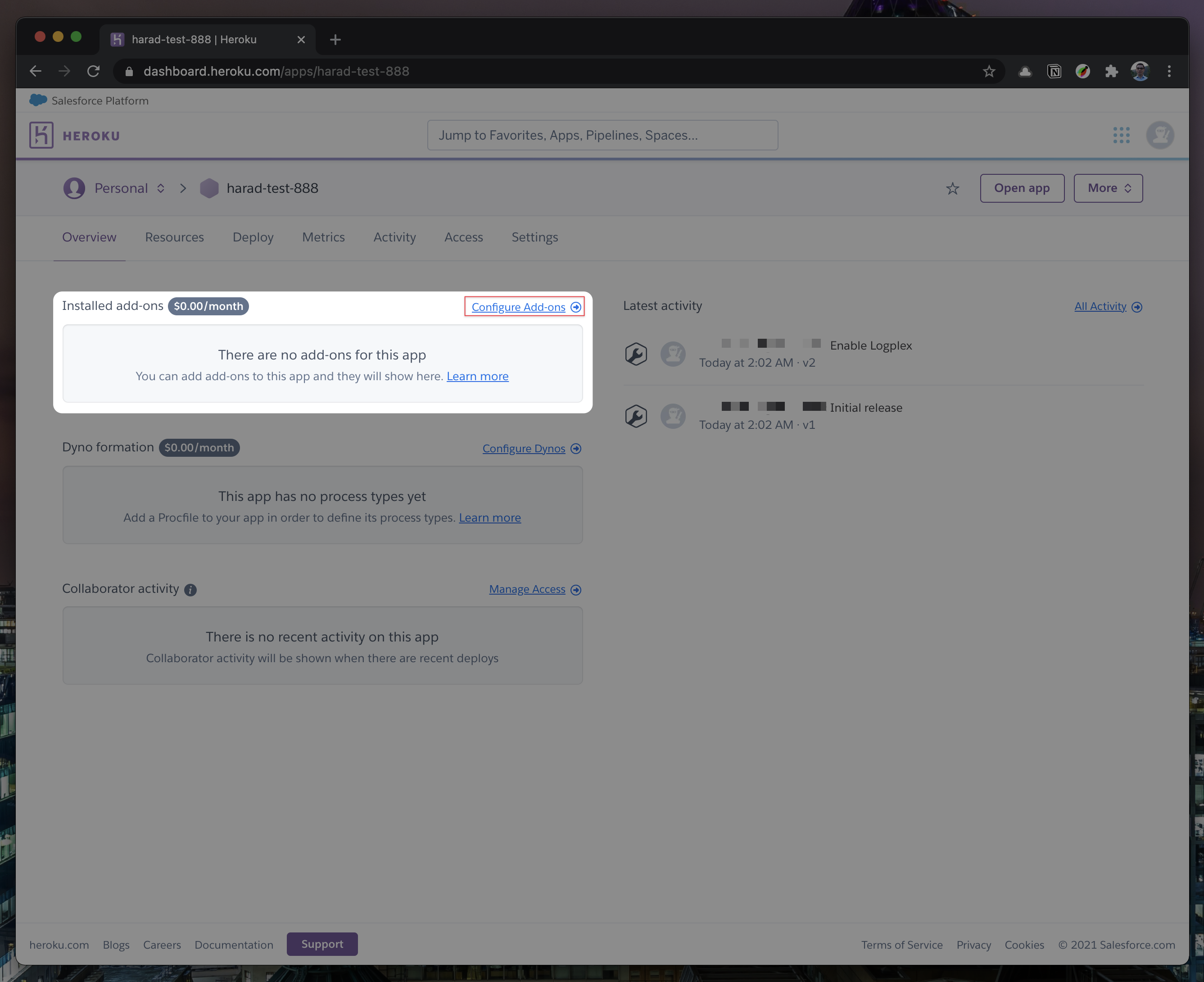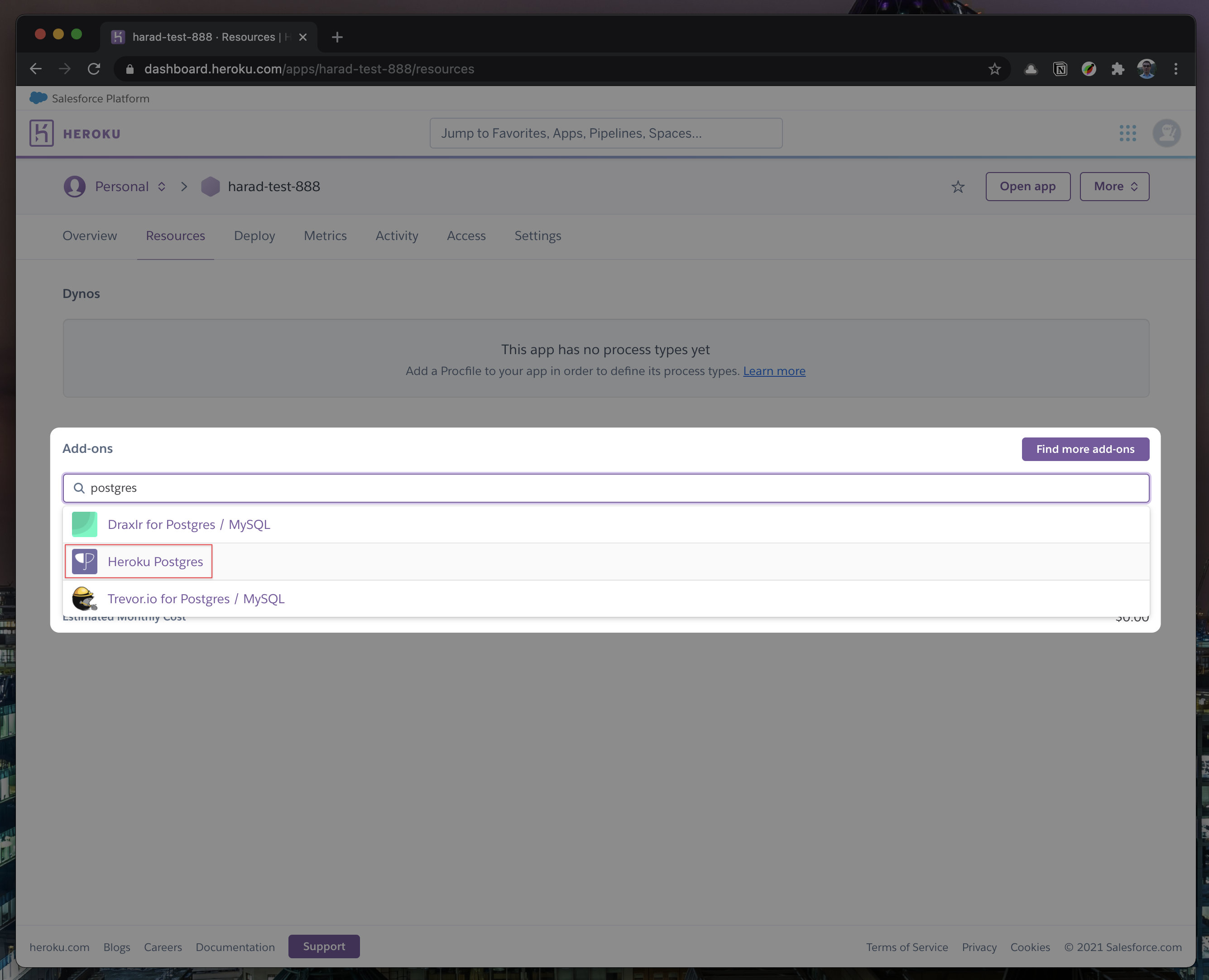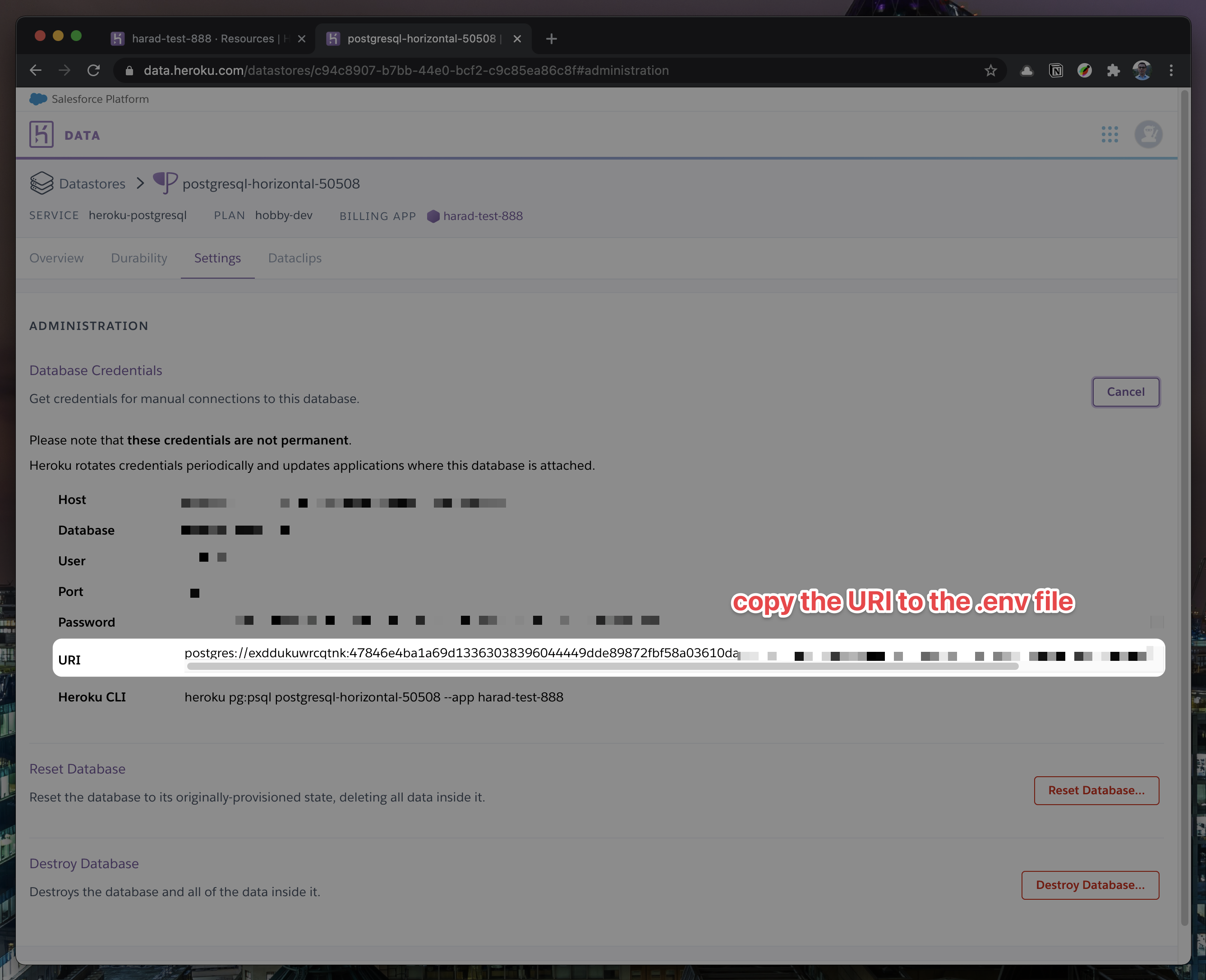calcom / cal.com
- четверг, 21 апреля 2022 г. в 00:33:34
Scheduling infrastructure for absolutely everyone.
The open-source Calendly alternative.
Learn more »
Slack
·
Website
·
Issues
The open source Calendly alternative. You are in charge of your own data, workflow and appearance.
Calendly and other scheduling tools are awesome. It made our lives massively easier. We're using it for business meetings, seminars, yoga classes and even calls with our families. However, most tools are very limited in terms of control and customisations.
That's where Cal.com comes in. Self-hosted or hosted by us. White-label by design. API-driven and ready to be deployed on your own domain. Full control of your events and data.
Cal officially launched as v.1.0 on 15th of September, however a lot of new features are coming. Watch releases of this repository to be notified for future updates:
To get a local copy up and running, please follow these simple steps.
Here is what you need to be able to run Cal.
If you want to enable any of the available integrations, you may want to obtain additional credentials for each one. More details on this can be found below under the integrations section.
Clone the repo into a public GitHub repository (to comply with AGPLv3. To clone in a private repository, acquire a commercial license)
git clone https://github.com/calcom/cal.com.gitGo to the project folder
cd cal.comInstall packages with yarn
yarnyarn dx
- Requires Docker and Docker Compose to be installed
- Will start a local Postgres instance with a few test users - the credentials will be logged in the console
yarn dxAdd
NEXT_PUBLIC_DEBUG=1anywhere in your.envto get logging information for all the queries and mutations driven by trpc.
echo 'NEXT_PUBLIC_DEBUG=1' >> .envConfigure environment variables in the .env file. Replace <user>, <pass>, <db-host>, <db-port> with their applicable values
DATABASE_URL='postgresql://<user>:<pass>@<db-host>:<db-port>'
Create a free account with Heroku.
In your new app, go to Overview and next to Installed add-ons, click Configure Add-ons. We need this to set up our database.

Once you clicked on Configure Add-ons, click on Find more add-ons and search for postgres. One of the options will be Heroku Postgres - click on that option.

Once the pop-up appears, click Submit Order Form - plan name should be Hobby Dev - Free.

Once you completed the above steps, click on your newly created Heroku Postgres and go to its Settings.

In Settings, copy your URI to your Cal.com .env file and replace the postgresql://<user>:<pass>@<db-host>:<db-port> with it.


To view your DB, once you add new data in Prisma, you can use Heroku Data Explorer.
Set a 32 character random string in your .env file for the CALENDSO_ENCRYPTION_KEY (You can use a command like openssl rand -base64 24 to generate one).
Set up the database using the Prisma schema (found in apps/web/prisma/schema.prisma)
yarn workspace @calcom/prisma db-deployRun (in development mode)
yarn devOpen Prisma Studio to look at or modify the database content:
yarn db-studioClick on the User model to add a new user record.
Fill out the fields email, username, password, and set metadata to empty {} (remembering to encrypt your password with BCrypt) and click Save 1 Record to create your first user.
New users are set on a
TRIALplan by default. You might want to adjust this behavior to your needs in theapps/web/prisma/schema.prismafile.
Open a browser to http://localhost:3000 and login with your just created, first user.
# In a terminal. Just run:
yarn test-e2e
# To open last HTML report run:
yarn workspace @calcom/web playwright-reportPull the current version:
git pullCheck if dependencies got added/updated/removed
yarnApply database migrations by running one of the following commands:
In a development environment, run:
yarn workspace @calcom/prisma db-migrate(this can clear your development database in some cases)
In a production environment, run:
yarn workspace @calcom/prisma db-deployCheck for .env variables changes
yarn predevStart the server. In a development environment, just do:
yarn devFor a production build, run for example:
yarn build
yarn startEnjoy the new version.
The Docker configuration for Cal is an effort powered by people within the community. Cal.com, Inc. does not provide official support for Docker, but we will accept fixes and documentation. Use at your own risk.
If you want to contribute to the Docker repository, reply here.
The Docker configuration can be found in our docker repository.
You can deploy Cal on Railway using the button above. The team at Railway also have a detailed blog post on deploying Cal on their platform.
See the roadmap project for a list of proposed features (and known issues). You can change the view to see planned tagged releases.
Please see our contributing guide.
We have a list of good first issues that contain bugs which have a relatively limited scope. This is a great place to get started, gain experience, and get familiar with our contribution process.
.../auth/calendar.events, .../auth/calendar.readonly and select Update.<Cal.com URL>/api/integrations/googlecalendar/callback replacing Cal.com URL with the URI at which your application runs.<Cal.com URL>/api/integrations/office365calendar/callback replacing Cal.com URL with the URI at which your application runs.To test this you will need to create a Slack app for yourself on their apps website.
Copy and paste the app manifest below into the setting on your slack app. Be sure to replace YOUR_DOMAIN with your own domain or your proxy host if you're testing locally.
display_information:
name: Cal.com Slack
features:
bot_user:
display_name: Cal.com Slack
always_online: false
slash_commands:
- command: /create-event
url: https://YOUR_DOMAIN/api/integrations/slackmessaging/commandHandler
description: Create an event within Cal!
should_escape: false
- command: /today
url: https://YOUR_DOMAIN/api/integrations/slackmessaging/commandHandler
description: View all your bookings for today
should_escape: false
oauth_config:
redirect_urls:
- https://YOUR_DOMAIN/api/integrations/slackmessaging/callback
scopes:
bot:
- chat:write
- commands
settings:
interactivity:
is_enabled: true
request_url: https://YOUR_DOMAIN/api/integrations/slackmessaging/interactiveHandler
message_menu_options_url: https://YOUR_DOMAIN/api/integrations/slackmessaging/interactiveHandler
org_deploy_enabled: false
socket_mode_enabled: false
token_rotation_enabled: falseAdd the integration as normal - slack app - add. Follow the oauth flow to add it to a server.
Next make sure you have your app running yarn dx. Then in the slack chat type one of these commands: /create-event or /today
NOTE: Next you will need to setup a proxy server like ngrok to allow your local host machine to be hosted on a public https server.
ZOOM_CLIENT_ID and ZOOM_CLIENT_SECRET fields.<Cal.com URL>/api/integrations/zoomvideo/callback replacing Cal.com URL with the URI at which your application runs.meeting:write.DAILY_API_KEY field in your .env file.DAILY_SCALE_PLAN variable to true in order to use features like video recording.HUBSPOT_CLIENT_ID and HUBSPOT_CLIENT_SECRET fields.<Cal.com URL>/api/integrations/hubspot othercalendar/callback replacing Cal.com URL with the URI at which your application runs.crm.objects.contactsDistributed under the AGPLv3 License. See LICENSE for more information.
Special thanks to these amazing projects which help power Cal.com:
Cal.com is an open startup and Jitsu (an open-source Segment alternative) helps us to track most of the usage metrics.